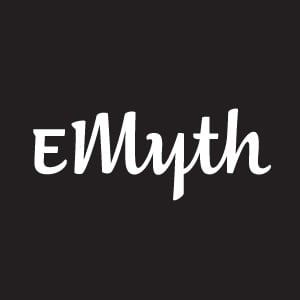

Are you frustrated because your employees aren't doing what you need them to do?
Do you worry that they seem checked out, unmotivated, or even ready to jump ship at any moment?
Is there someone on your team you’ve been thinking about letting go, but you don’t know if replacing them would do you or your business any good?

You might think getting employees to do what you want them to do comes down to common sense, clear instructions and a detailed job description. There’s some logic in that: if you tell people what you want them to do and you’re paying them to do it, then they should do it. Right? Not always. The truth is, you can’t make anyone do anything they don’t want to do, or don’t see the value in doing. Not even if you pay them to do it and give them training and instructions and a task list. And, not even if the right way to do something seems perfectly obvious to you. The problem is, your common sense might not be their common sense. They might feel their way of doing things is better or more efficient than your way of doing things. There might be things they need to do that don’t show up on the job description you gave them. When that happens, they’ll find their own way of doing it—the way that works for them, but who knows if it works for the business you’re trying to build. That’s how people and relationships are: messier and less predictable than we’d like them to be. And, the way to resolve the mess and make things more predictable is not just to tell your team what to do, but to make agreements with them. Instead of top-down job descriptions, consider collaborative position agreements. A position agreement defines the functions each employee is responsible for—not just how to do their job, but the way to do it and the results they’re accountable for. That may sound like a typical job description, but there’s one more step that makes the difference. A position agreement asks your employees to explicitly agree to do the work you’re asking them to do, and to agree to be held accountable for the results the business needs them to get. The process of reaching agreements with people requires discussions that help surface differing interpretations, questions and “yeah-buts.” That’s the beginning of productive relationships where you can explain and inspire why the way you want things done matters. The result of a position agreement should be that your employees are engaged and motivated to participate in the work, not just follow instructions. That’s where good employees, strong teams and great results come from. Ultimately, position agreements are different from job descriptions because they build on the natural desire most people feel to be part of something bigger than themselves. The right employees will want to be invested in their roles, excited about the outcomes they're responsible for and fully aware of how their work contributes to the company's success. That's powerful stuff. It’s how you build the kind of team that will take your business where you want it to go. So, how do you get started? The transition from job description to position agreement may sound simple on the surface, but because it’s a different way of thinking about your role as a leader, it’s not always easy. You’ll need to be aware of how you’re landing with your employees. You might need to develop new communication skills. And you’ll need to be discerning about the results that are most important to you and the clearest path to get there.
Tools and templates can only take you so far, until you get your thinking straight. If you’re ready to look beyond the job description and become the leader your business needs you to be, we’re here to help with a free coaching session to help you see your business—and yourself—in a way you never have before.

We share free resources and stories from our clients, Coaches and team members about how to build a business that serves your life. Our posts will give you updates on our business insights and free educational content.